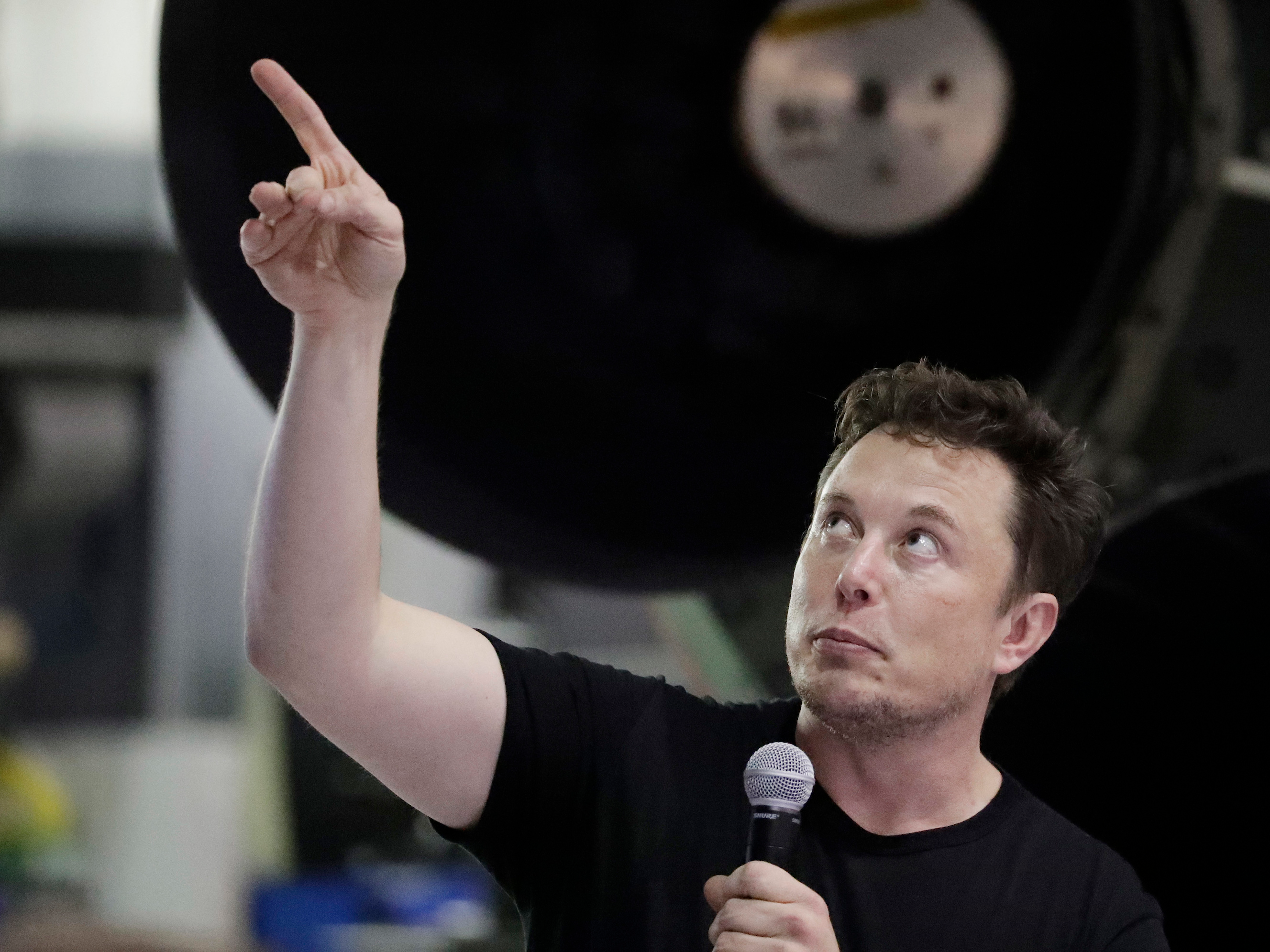- Elon Musk’s rocket company, SpaceX, is raising another $500 million in investments, the Wall Street Journal reported.
- That means SpaceX could end 2018 with $1.257 billion in new funds, since the company already raised $507 million investment in April and got a $250 million loan in November.
- SpaceX will likely use the money to fund two ambitious projects: a global network of internet-providing satellites, called Starlink, and a giant launch vehicle for exploring and settling Mars, called Big Falcon Rocket.
SpaceX may raise another $500 million in new funding before the New Year.
That’s according to a story published Tuesday by the Wall Street Journal. If Elon Musk’s rocket company does raise the money, the new funding would get added to a $250 million loan that SpaceX secured in November, according to the Journal, as well as $507 million in investments that SpaceX started selling in April.
Totaled up, that means SpaceX may close 2018 with a total of $1.257 billion in new funding.
Such money will be vital for SpaceX to achieve a suite of ambitious and interwoven goals in the coming decade. The company is trying to develop, build, and launch Starlink, an effort to cover Earth in ultra-fast broadband internet. It’s also building the prototype of its Big Falcon Rocket (BFR), a gargantuan reusable space vehicle designed to bring people to Mars.
SpaceX also hopes to use BFR to send a Japanese billionaire and a crew of artists around the moon and create the world's fastest transportation system.
SpaceX has raised a total of $2.2 billion over nine confirmed rounds of funding. This means the company is worth about $28 billion, according to Equidate, but that doesn't include the newly reported investment. Investors are buying stock at $186 per share, according to the Journal, which may push the valuation to $30.5 billion. (SpaceX's exact value won't be clear until there's an initial public offering or private sale, but that seems unlikely given Musk's passion for spaceflight and his recent back-and-forth about taking Tesla public.)
A SpaceX spokesperson declined to comment about the reported fundraising.
However, based on previous statements by Musk and Gwynne Shotwell, SpaceX's president and COO, the company has two very big targets for spending the money.
Starlink global internet
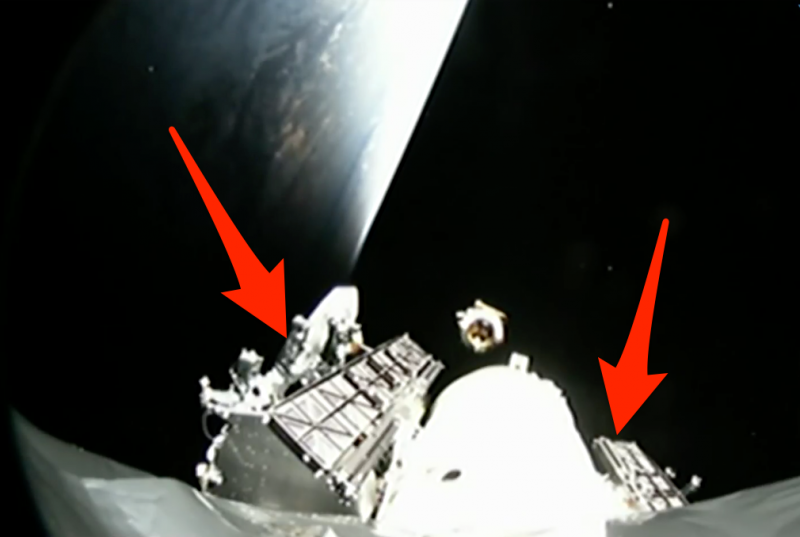
One of SpaceX's biggest new initiatives is called Starlink.
The plan, which the Federal Communications Commission approved in March and November, is to surround Earth with nearly 12,000 internet-providing satellites. That's more than twice the number of all spacecraft launched by humanity.
The project aims to provide global broadband coverage with speeds more than 178 times as fast as the current worldwide average. In 2015, according to Akamai's "State of the Internet" report, that was 5.6 megabits per second; Starlink's goal is 1 Gbps.
In addition, because Starlink satellites will orbit within a few hundred miles of Earth instead of from about 22,200 miles away (where most internet satellites roam), the latency or delay will be more comparable to wired internet connections.
"Satellite technology can help reach Americans who live in rural or hard-to-serve places where fiber optic cables and cell towers do not reach," Ajit Pai, the FCC's chairman, previously said of SpaceX's plans.
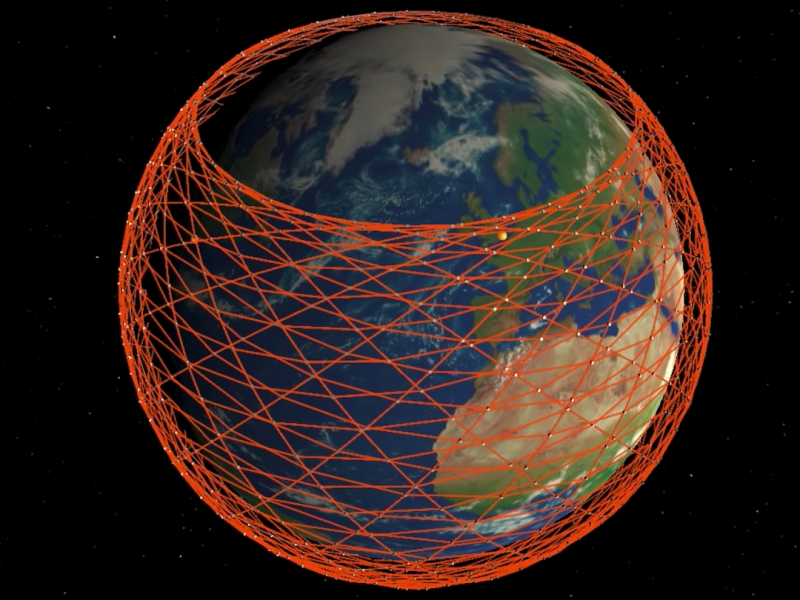
Selling the service may rake in tens of billions of dollars for SpaceX, but Musk says he'll offer it low-cost or free to those who can't afford to get on the web.
"If successful, Starlink constellation will serve least served," he tweeted in February.
SpaceX launched two experimental Starlink satellites in February, and it has already built a satellite factory in Redmond, Washington. But manufacturing thousands of spacecraft and launching them into low Earth orbit - even dozens at a time with the company's Falcon Heavy rocket - demands serious capital.
Musk's company appears to be running behind on its original Starlink plans, which call for launching 1,600 satellites within six years. By the end of 2018, the company had hoped to send up hundreds, which did not happen. And according to FCC approval documents, SpaceX has until November 2024 to launch at least half of its planned 11,943 satellites, and until December 2027 to launch the rest.
SpaceX could make up for lost time, though, since it has rolled out a highly reusable (and thus cheaper-to-launch) model of the Falcon 9 rocket, called Block 5. Its forthcoming BFR system would also allow the company to launch perhaps hundreds of the satellites at once.
A big rocket for the moon, Mars, and beyond
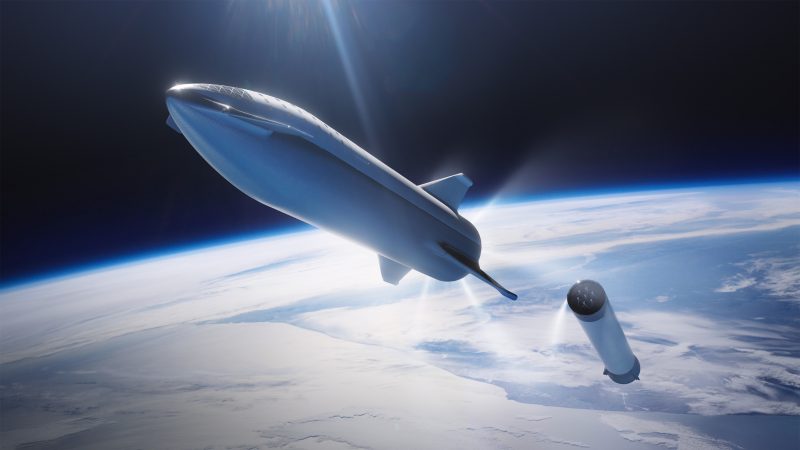
Since its founding in 2002, SpaceX has disrupted the rocket-launching industry. In February, SpaceX launched Falcon Heavy - the world's most powerful operational rocket - after which Musk called for a "new space race."
Musk also said at the time that most of the company's engineering resources would eventually shift toward BFR. The launch system is designed to ferry up to 100 people and 150 tons of payload to Mars at a time.
The current BFR design calls for two main sections: a rocket booster called "Super Heavy" would push a spaceship called "Starship" into Earth orbit. Everything would run on liquid methane and oxygen.
Musk said in September that a fully-stacked vehicle would stretch about 387 feet high - more than eight stories taller than the Statue of Liberty.
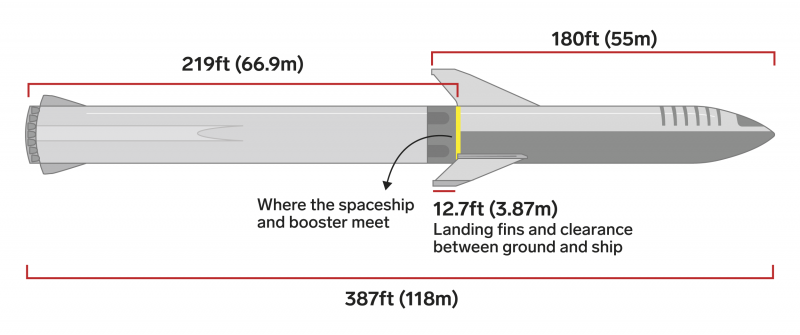
The BFR would land itself and be fully reusable - a scheme that could slash the cost of access to space a thousand-fold, since the system would be used over and over like a jet aircraft rather than only once. In theory it'd be very inexpensive to operate in the long run, which is why Musk thinks the BFR could eventually replace all the company's offerings.
"We want to have one system, one booster and ship, that replaces Falcon 9, Falcon Heavy, and Dragon," Musk said in September 2017. "If we can do that, then all the resources that are used for Falcon 9, Heavy, and Dragon can be applied to this system."
BFR's first uncrewed launch to Mars is optimistically slated for 2022, followed by a crewed launch in 2024. But Shotwell said at the 2018 TED conference that she has even bigger goals for the BFR and "might out-vision Elon."
"Mars is fine, but it's a fixer-upper planet," Shotwell said. "I want to find people, or whatever they call themselves, in another solar system."
Musk has also suggested that BFR's Starship might ultimately be used to reach nearby star systems.
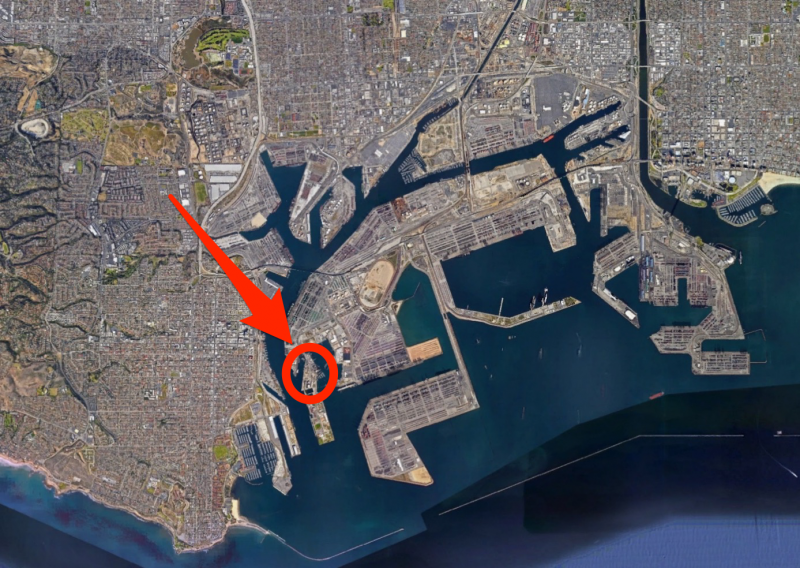
To build the BFR, SpaceX recently secured a lease for a site at the Port of Los Angeles, where it plans to construct a 200,000-square-foot factory. The location is just 14 miles south of the company's headquarters - and an ideal place to ship the rockets by water to its test-and-launch facilities in Texas.
Musk also unveiled an enormous 30-by-40-foot tool in April that will be used to make the system's spaceship out of carbon-fiber composite.
This work and the test launches in Texas, which are scheduled for late 2019, will not be cheap. But $1.257 billion could help.
The world's fastest transportation system
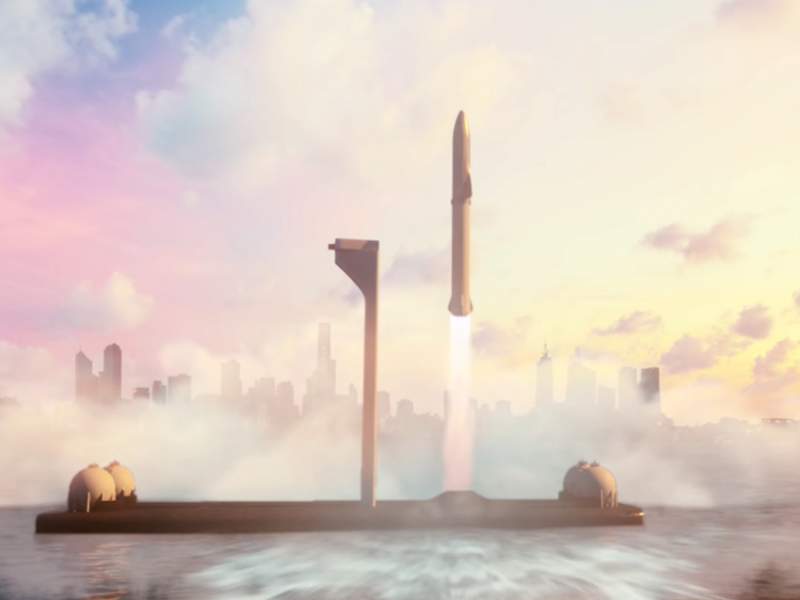
The BFR system could also help SpaceX launch hundreds of Starlink satellites at once, and even be used as a new form of transportation on our planet.
"If we're building this thing to go to the moon and Mars, then why not go to other places on Earth as well?" Musk has said.
SpaceX previously said a BFR spaceship could fly more than 4.6 miles per second, more than 12 times as fast as the supersonic Concorde jets that are now retired. That would make it the world's fastest transportation system.
Passengers might fly from Los Angeles to New York in just 25 minutes, Bangkok to Dubai in 27 minutes, London to New York in 29 minutes, and Delhi to San Francisco in 40 minutes, according to a SpaceX video from September 2017.
"This would not be for the faint of heart, and it is difficult to see how this would be inexpensive," Leroy Chiao, a former NASA astronaut, previously told Business Insider. "But the one thing I've learned from observing Elon is not to count him out."
Shotwell said at the TED conference that this system may be ready to take customers within a decade.
But even $1.2 billion dollars isn't enough to revolutionize the internet, send people to Mars, or set up a rocket-based flight system - let alone cover all three projects. Musk said in September that BFR alone might take up to $10 billion to become operational, and analysts think Starlink may require another $10 billion.
But for a company that has done a lot with far less, a significant pile of cash isn't a bad start.
This story has been updated with new information. It was originally published on April 13, 2018.

